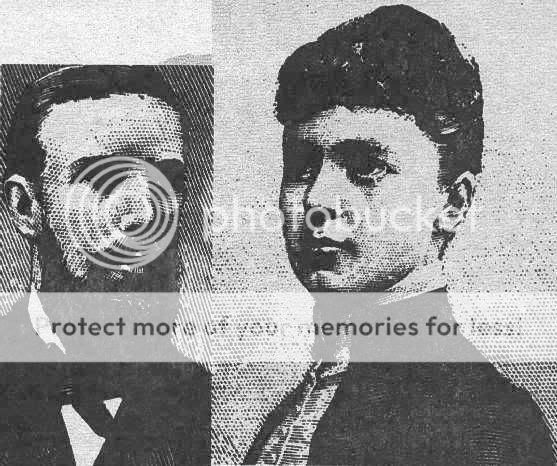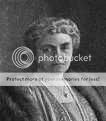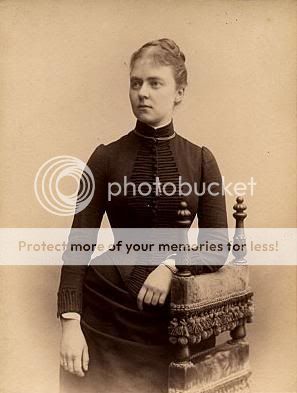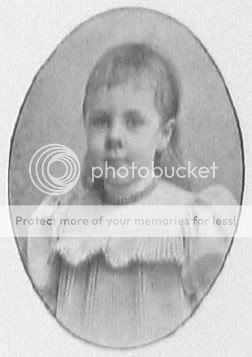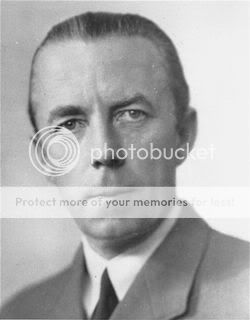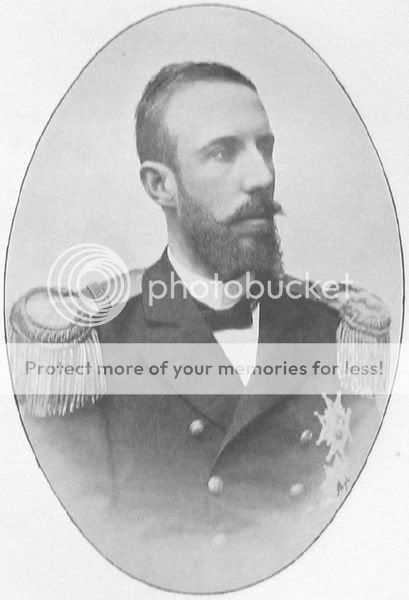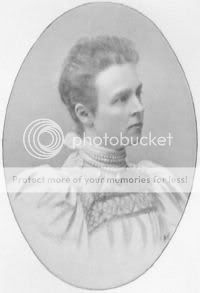1888: "Warm and Incere Congratulations from the People of Sweden to the Young Prince and His Bride!"
The engagement between prince Oscar, second son of king Oscar II, and the noble Ebba Munck, lady-in-waiting to crown princess Victoria, caused some turmoil in Swedish high society. Male members of the royal house were not allowed to marry beneath their rank, and Ebba Munck was considered "a woman of the people", in spite of her noble lineage. In order for this marriage to be possible at all, prince Oscar had to produce a formal, written request to the king (his father), asking for permission to marry the woman he loved and to denounce his right to the throne along with his royal titles and privileges. This letter, as well as the king’s formal letter of consent, was printed
[FONT=Times New Roman,Times New Roman]verbatim [/FONT]in the press, where also a considerable interest in the future legal position of the prince was apparent.
The formal and social difficulties hindering the union of prince Oscar and Ebba Munck endowed the wedding reports with an unmistakably romantic flavour, reminiscent of old folk tales about pure-hearted princes falling in love with beautiful but poor girls:
…one of the fair maidens of the court…has won a King’s son…in spite of prejudice and paragraphs she won as her husband the man her heart has chosen…her gentle being…her warm and full heart…she, whose beauty, amiability and other characteristics have attracted a prince’s attention and captured his heart…does well deserve the happiness bestowed upon her…
…a member of the Swedish royal house…the young prince…has given up the velvet cloak and the princely crown…has declined the prospect of glory and power…generally admired and loved for his modest personality and his humane openness…on his way to win a lasting popularity…
The wedding ceremony in St Stephen’s church, Bournemouth, was described in vivid detail in the daily papers as well as in the weekly magazine. Additionally, the magazine presented an exclusive woodcut depicting the ceremony in the choir.
The readers are clearly imagined as royal subjects, with somewhat subordinate positions on the social ladder. Being but vaguely gendered in the daily press, they are explicitly addressed as women in the magazine. A considerable part of the reporting in the dailies consists of the rendering of telegrams sent to the newly-weds from different educational and military associations or organisations all over Sweden, which supposedly serves an integrative function across regions and social positions, and actively includes the male population in the tributes. The inclusive mode unites the papers and the people in heartfelt exclamations such as that in the section title, "warm and sincere congratulations from the people of Sweden to the
65 4
young prince and his bride", or "we are convinced that all our female readers join us in cordially wishing the newly engaged couple good luck".
